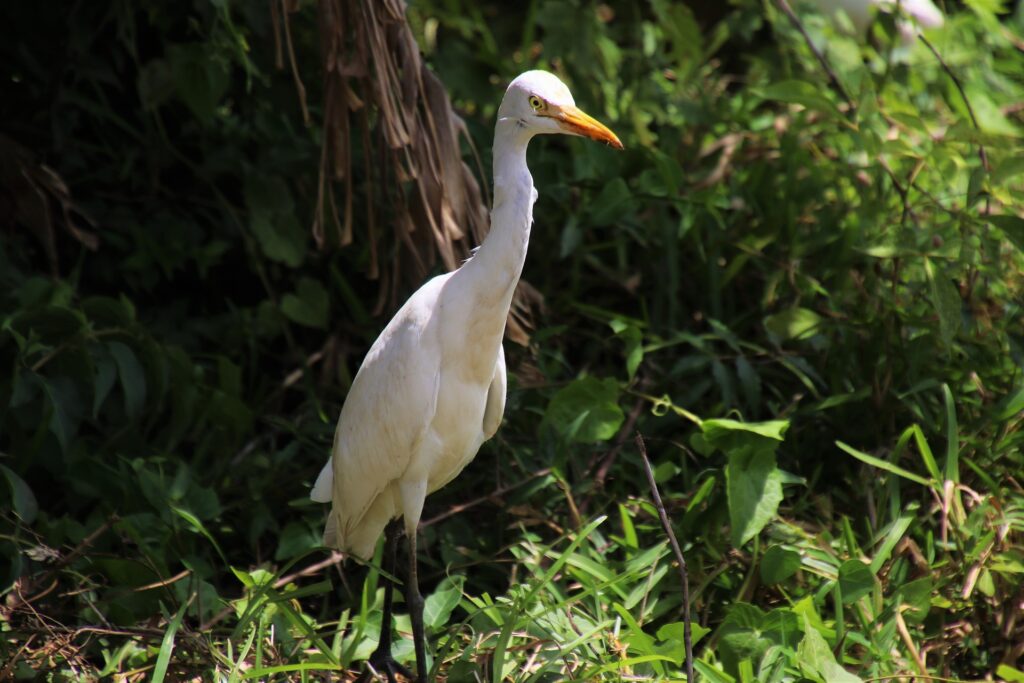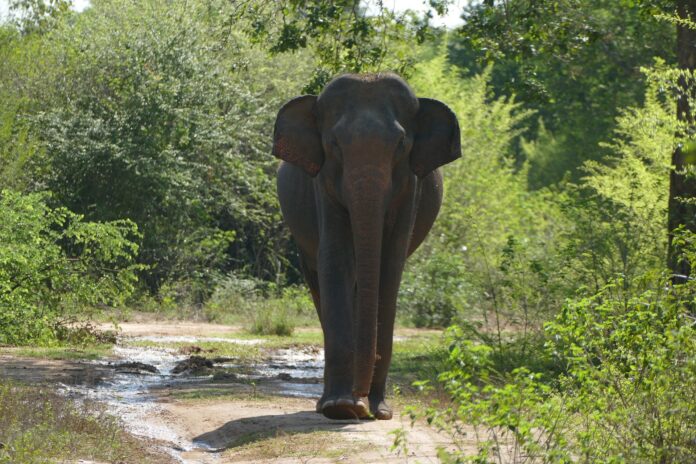Are you an avid nature lover looking for an offbeat travel experience? Sri Lanka’s eco-tourism offers a unique opportunity to explore the pristine natural beauty of the island nation. From verdant forests to majestic waterfalls, and stunning beaches, Sri Lanka has a lot to offer to the intrepid eco-tourist. In this article, we will delve into the world of eco-tourism in Sri Lanka and explore the various opportunities it offers.
What is Sri Lanka Eco-Tourism?
Sri Lanka eco-tourism refers to a type of travel that prioritizes responsible and sustainable practices in exploring the island’s diverse landscapes, flora and fauna, and cultural heritage. This approach aims to minimize the negative impact of tourism on the environment and local communities while maximizing the benefits for all stakeholders involved.
Why Choose Sri Lanka for Eco-Tourism?
Sri Lanka is a country that boasts an incredible array of natural and cultural attractions, from pristine beaches and lush rainforests to ancient temples and traditional villages. The island is also home to a remarkable diversity of wildlife, including elephants, leopards, whales, and dolphins.
Moreover, Sri Lanka has made significant strides in promoting sustainable tourism practices in recent years. The Sri Lanka Tourism Development Authority (SLTDA) has launched several initiatives to encourage eco-tourism, such as the “Green Leave” certification program for hotels and the “Leave No Trace” campaign for visitors.
Top Eco-Tourism Destinations in Sri Lanka

- Yala National Park: This protected area in the southeast of the island is home to the highest density of leopards in the world, as well as elephants, crocodiles, and numerous bird species. Visitors can explore the park on guided safari tours or nature walks.
- Sinharaja Forest Reserve: A UNESCO World Heritage Site, Sinharaja is a pristine rainforest that boasts a high level of biodiversity, with over 50% of Sri Lanka’s endemic species found here. Visitors can go hiking, birdwatching, or camping in the reserve.
- Knuckles Mountain Range: This scenic mountain range in the central highlands offers breathtaking views and diverse flora and fauna, including rare orchids and endemic bird species. Visitors can go trekking or camping in the area, staying in eco-friendly lodges or homestays.
- Cultural Triangle: This region in the north-central part of the island encompasses several ancient cities and UNESCO World Heritage Sites, such as Sigiriya Rock Fortress, Anuradhapura, and Polonnaruwa. Visitors can explore the rich history and culture of Sri Lanka while supporting local communities and conservation efforts.
Sustainable Practices in Sri Lanka Eco-Tourism
Sri Lanka eco-tourism emphasizes the following sustainable practices:
- Conservation of natural and cultural resources: Visitors are encouraged to respect and preserve the natural and cultural heritage of Sri Lanka, such as by not littering or damaging historical sites.
- Support for local communities: Eco-tourism in Sri Lanka aims to benefit local communities by providing employment opportunities, supporting local businesses, and promoting cultural exchange.
- Use of eco-friendly accommodations and transportation: Visitors can choose from a range of eco-friendly accommodations, such as homestays, lodges, and resorts that prioritize sustainable practices. They can also opt for eco-friendly modes of transportation, such as bicycles or public transport.
What are some eco-friendly activities to do in Sri Lanka?
There are numerous eco-friendly activities to do in Sri Lanka, such as:
- Wildlife watching: Visitors can go on safari tours or nature walks to observe Sri Lanka’s diverse wildlife, such as elephants, leopards, and whales.
- Hiking and trekking: Sri Lanka has numerous hiking trails and trekking routes, such as in the Knuckles Mountain Range or Horton Plains National Park.
- Cultural experiences: Visitors can explore Sri Lanka’s rich culture and history by visiting ancient cities, temples, and traditional villages.
- Sustainable practices: Visitors can participate in sustainable practices, such as recycling, conserving water and energy, and supporting local conservation efforts.
Conclusion
Sri Lanka eco-tourism offers a unique and sustainable way to explore the island’s natural and cultural treasures while supporting conservation and local communities. With a range of eco-friendly destinations and activities, visitors can experience the beauty and diversity of Sri Lanka while promoting responsible tourism practices.
What is the best time to visit Sri Lanka for eco-tourism?
The best time to visit Sri Lanka for eco-tourism depends on the specific destination and activity. Generally, the dry season from December to March is ideal for visiting national parks and coastal areas, while the rainy season from May to September is better for exploring forests and mountain ranges.
Is Sri Lanka safe for eco-tourism?
Sri Lanka is generally a safe country for eco-tourism, with low crime rates and a friendly and welcoming culture However, visitors are advised to exercise caution and follow basic safety guidelines, such as avoiding isolated areas at night, keeping valuables secure, and respecting local customs and traditions
